Wildlife conservation is at the heart of everything we do. We use scientific evidence to help identify and address many of the challenges our natural world faces. But the scientific research we do at the zoo doesn’t just involve working in the lab, or with animals, it also involves studying people and their behaviour.
Andy Moss, Chester Zoo’s conservation social scientist, is interested in the impact people have on wildlife and what we can do as a zoo to educate and inspire people to help protect it.
Here he tells us more about the projects he’s working on and why they’re so important.
“We all agree that biodiversity conservation is extremely important, but one question worth asking is why do we need conservation in the first place? What is the common denominator in explaining why species are endangered all over the globe? The answer to both questions is simple: people.
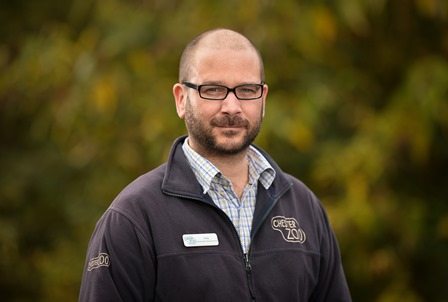
“People, and their actions, directly and indirectly affect living things, either by overharvesting them, affecting or removing their habitats, or even altering the conditions they need to survive via local pollution or global climate change. So if social factors are the main cause of conservation issues, and if being a major force in conserving the living world is the mission of Chester Zoo, then I would argue strongly that it is essential that we study, scientifically, those factors in more detail. As conservation social scientist, I am one of the zoo staff who is employed to do this.
“I am particularly interested in zoo visitors, and what the experience of visiting zoos can mean to people. More importantly, how can we maximise the potential of the zoo to help create people who are more concerned, interested and engaged with wildlife, as well as the ways we can all help protect it. We are not the only ones who think this is important. So do the United Nations. In their 10-year strategy to help reverse biodiversity loss, their very first target is: ‘By 2020, at the latest, people are aware of the values of biodiversity and the steps they can take to conserve and use it sustainably’.
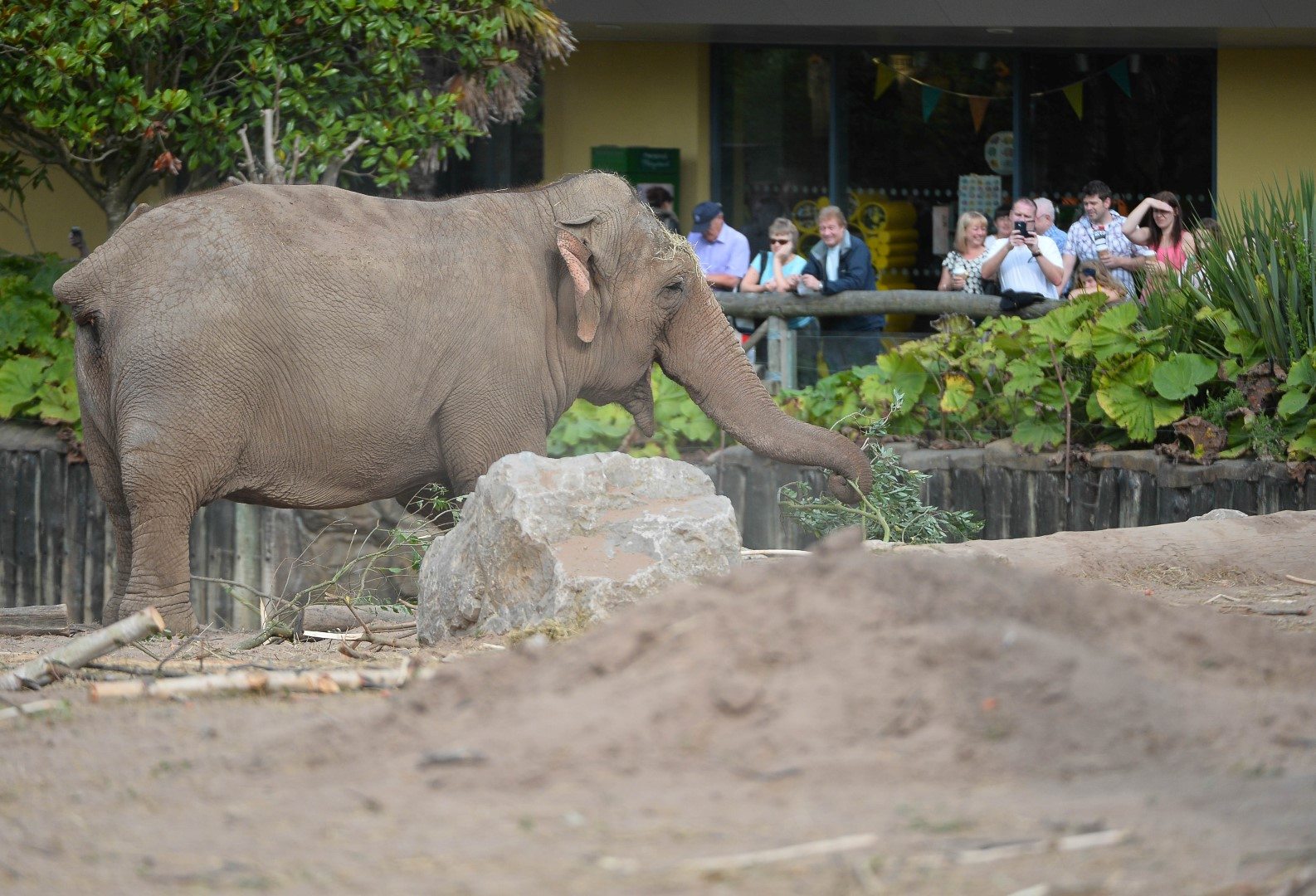
“This ties-in perfectly with the educational goals of zoos. As a result, a project I have been working on for the past four years (along with WAZA – the World Association of Zoos and Aquariums) has been exploring the role of world zoos and aquariums in helping achieve this global target.
“After two separate visitor surveys, with more than 10,000 people at over 30 different zoos worldwide, the results have been positive. Essentially, we found that people leave the zoo with a significantly greater understanding of biodiversity, and the ways they can protect it, than when they entered. The resulting publications in the journals Conservation Biology, Conservation Letters and Nature amount to probably the most compelling evidence to date that supports the positive educational role of zoos.”
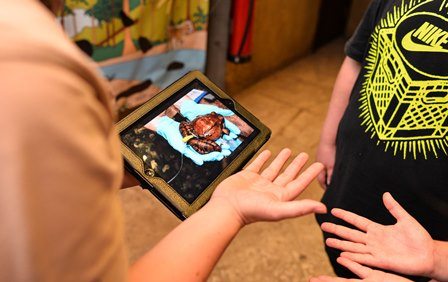
You can read in more detail about the work Andy mentions above, in his published paper: ‘Probing the link between biodiversity-related knowledge and self-reported pro-conservation behaviour in a global survey of zoo visitors’, here.
“Of course, I haven’t only been working on that one study; I am involved with lots of other interesting (I think so, anyway!) research projects. These include exploring the educational impacts of our various education programmes, including the in-school safari ranger service and the Wildlife Connections project.
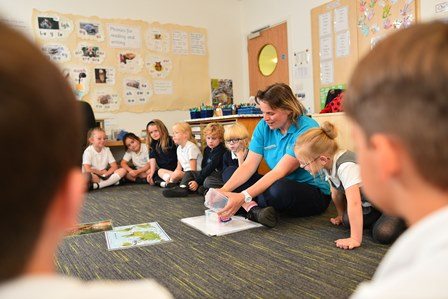
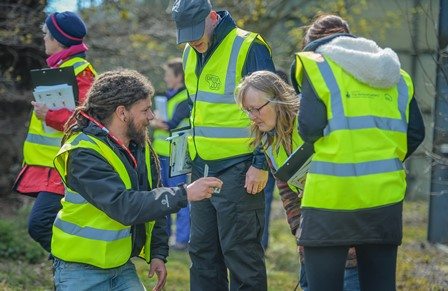
“I have been working with Dr Lisa Holmes (Chester Zoo’s behaviour and welfare scientist) on producing a large-scale evaluation of the Islands project, from both the animal and visitor perspectives.
“As part of an externally-funded project, we have been working with researchers from the University of Leeds to uncover whether people see themselves as animals or not, and how that may shape our educational strategies. I also work with colleagues from across the zoo on projects that involve survey design or statistical analyses. Finally, I run training events on social research methods and act as an advisor for a number of international zoo research projects.”